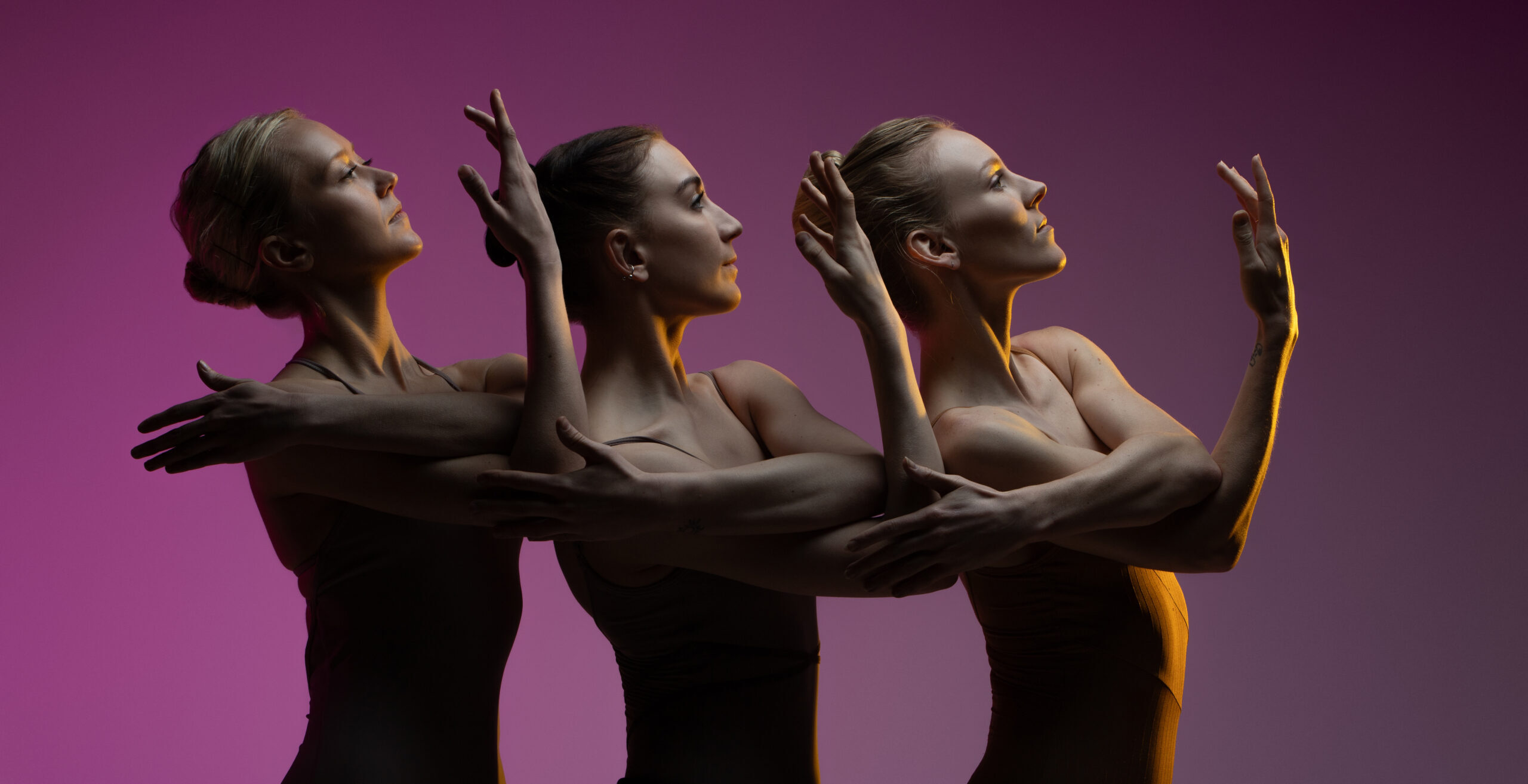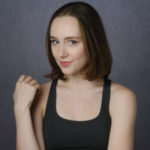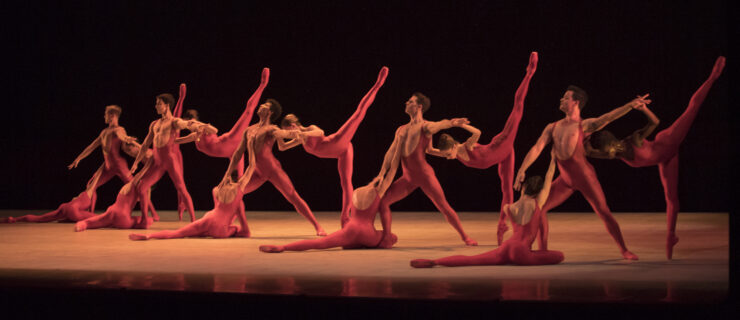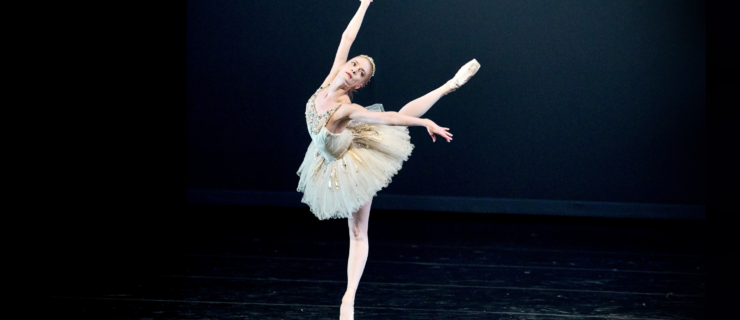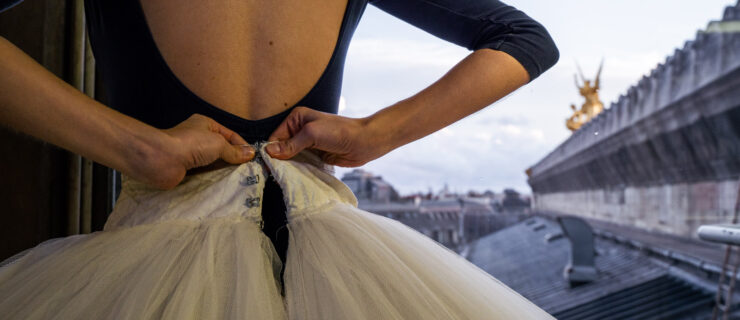Queer the Ballet Dreams of a Common Language
In 1978, lesbian writer and feminist Adrienne Rich published her 11th poetry book, The Dream of a Common Language. This June, Queer the Ballet will bring it to life.
Dream of a Common Language, a world premiere evening-length work inspired by Rich’s poetry collection, will run June 21–23 at New York City’s Baruch Performing Arts Center. Directed by QTB founder and artistic director Adriana Pierce, the ballet weaves together choreography by Pierce, assistant director Minnie Lane, director of education Rosie Elliott, and dancer Lenai Alexis Wilkerson to spotlight the complex experience of being a queer artist in dance.
With a small cast of six dancers, Dream of a Common Language offers a poetic interpretation of Rich’s themes and characters. As Pierce explains in an interview, each artist involved with the production, from dancing to choreography, lighting and design, costuming, stage management, and photography, identifies as a member of the LGBTQ+ community—with the goal being to amplify as many queer voices as possible.
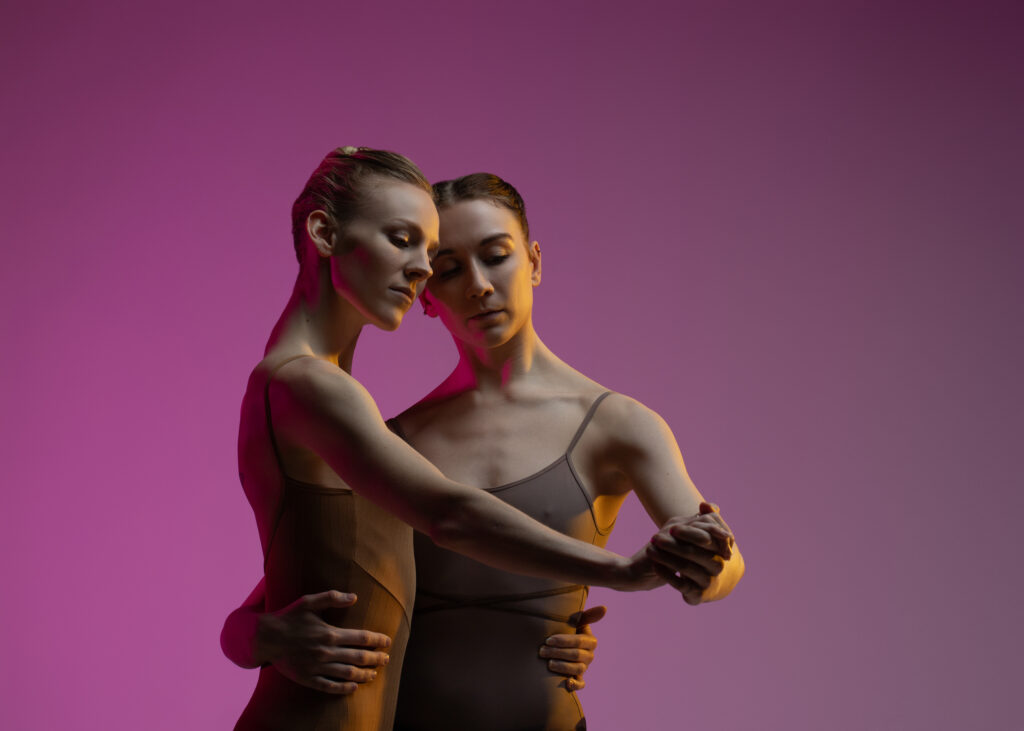
“We’ve been building our team, meeting and connecting with a lot of different queer artists over the past couple of years,” says Pierce. “And to think that we began with so few of us…Now we’ve built this whole community to draw from.”
Pointe spoke with Pierce to learn more.
Adrienne Rich has written several poetry books. What drew you to Dream of a Common Language, specifically?
First we started thinking about how we can incorporate narrative into our idea of queering ballet. Adrienne Rich is an iconic lesbian feminist poet that we all love. Her work is so rich, and deeply upsetting, in a beautiful way. We liked the idea of using an entire book of poetry and finding the through lines within that.
How did you approach tackling a collection of poems, choreographically?
The book is structured in a way that’s perfectly laid out. There are three different sections, and the way she starts and ends it feels like a ballet. We started with a poem at the beginning about an all-women climbing team that tried to climb a mountain and didn’t make it. That’s pretty stark and sad, but it got us thinking about the high stakes of living, and living as who you are. And that sometimes the thing we love the most can also be the thing that hurts us the most.
For us, ballet is the thing that we love the most and also makes us feel most whole. So we’re using that idea and threading it through the rest of these poems, which will become different facets of the characters’ lives before they all converged on this mountain.
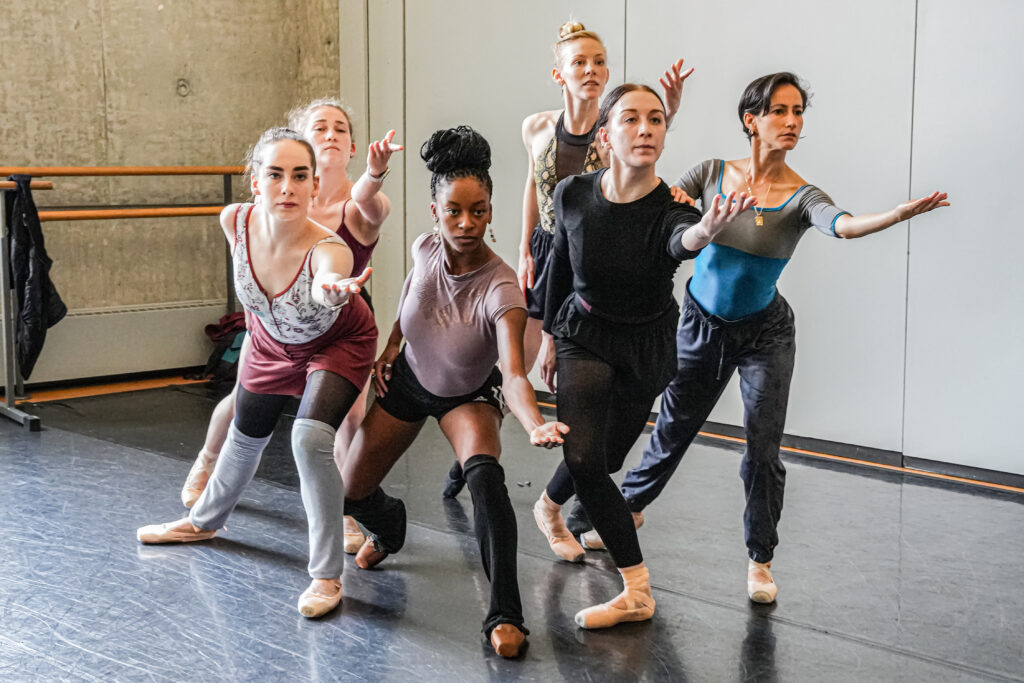
Could you speak on the multiple-choreographer approach you took?
I keep thinking about how important it is that we have more voices contributing to the art form, and about how we are all different but all speak the same language. Some of the sections will look and feel very different from the other; we each have very different styles, come from different places, and are in varying places of our choreographic careers. That’s the point, and I think it’s going to be exciting.
All the dancers will be on pointe. What made you decide to take that route?
That’s part of this idea about all the different ways we can queer ballet. I’ve done a lot of work with partnering, thinking about what it is, how we can make it more equitable for each dancer, and how pointe shoes affect that. I think that’s where we need to go—working with dancers on pointe who are partnering each other. Pointe does limit partnering, so we all need to force ourselves to work within those constraints and get creative about it, because limitation also opens possibilities. There’s a whole group of dancers who have such a small understanding of what agency and partnering look and feel like. So I am always going to try to do that work.
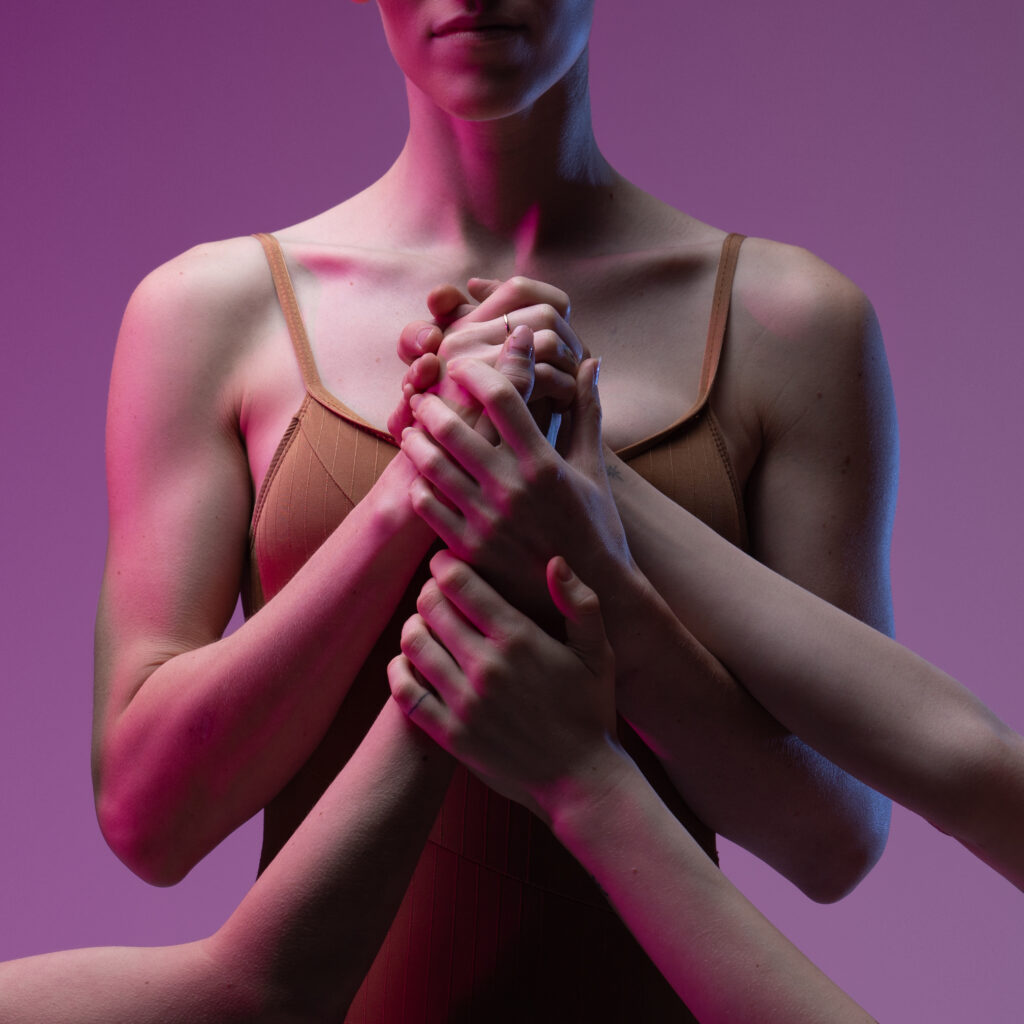
What will the ballet look and sound like? Does the score integrate any of Rich’s text?
We’re going pretty simple in terms of the look; I really want the dance and the people to be the focus. And we decided to not use any of the words but to use them to inspire the sound. We’re using music by mostly queer composers from all different eras and places—which I think also speaks to this idea of what a common language is.
What is your personal dream of a common language?
So much of my work with QTB is based on this idea of community. And I don’t use that term lightly—in the queer community, it can quite literally be a matter of life and death. When I think of the dream of a common language, to me that sounds like speaking in a shared experience, and with people who can hear you and understand.
The dance world seems to be in a place now where we can be heard. That has made all the difference for me in doing this work. I am so in love with bringing dancers in to work together because they have that experience of realizing they really aren’t alone.
